IT’S TIME TO REGISTER!
REGISTER NOW! Be sure to get the workshops & classes you want to take. IDF@SV 2018 has held on to prices from 2016. Sign up now for the best dance experiences anywhere. TO REGISTER: Mail your check made out to The Lively Foundation to The Lively Foundation, 550 Mountain View Avenue, Mountain View, CA 94041-1941. Please include a list of classes/workshops you want to take, your name, address, phone number. OR if you prefer to use a credit card (1) go to the landing page of livelyfoundation.org (2) scroll down to the PAYPAL logo (3) click on it & follow directions for making a donation (4) Please send an email to livelyfoundation@sbcglobal.net stating which classes/workshops you want to take & your name, address, phone number. OR pay at the door with cash or check. Please note that Early Bird prices expired on May 7. Here are prices, schedules, descriptions:
CHOREO-CUBATOR© $125 regular (after May 7) Choreo-Cubator© offers dancers and other artists whose work involves movement space and time to make new work or to polish a work in progress. Supportive atmosphere. Opportunity to perform (not required but encouraged) in Showcase Performance, June 22. Working sessions for Choreo-cubator© meet on June 12, 14, 15, 19, 21, 22, at 6:00 – 7:30 p.m. ALL kinds of dance welcome.
PHYSICAL COMEDY WORKSHOP $30 for one person; bring a pal and the second person pays $15. That’s a great deal for more fun than anyone could describe. Sun., June 10, 2:00-4:00 p.m.
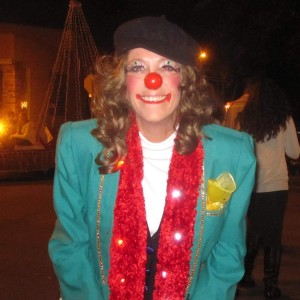 Megan Ivey, formerly of the world famous Ringling Bros., leads the Physical Comedy Workshop. Walk into walls! Fall down funny! AND BE SURE TO SEE Megan perform in the Festival Concert, June 23, 3 p.m.
Megan Ivey, formerly of the world famous Ringling Bros., leads the Physical Comedy Workshop. Walk into walls! Fall down funny! AND BE SURE TO SEE Megan perform in the Festival Concert, June 23, 3 p.m.
FULL DAY OF DANCE© Meets from 10:00 a.m. – 4:45 p.m. on Saturday, June 16. Each class one hour long. Fifteen minutes between classes; lunch break 12:25 – 1: 15 p.m. All five classes $70. Classes include Jazz, 10 a.m.; Pilates mat, 11:15 a.m.; Tap, 1:15 p.m.; Contemporary Ballet, 2:30 p.m.; Line dances, 3:45 – 4: 45 p.m. Five movement classes, back to back, all mixed levels. Regular fees: $25 single class; $20 per class for 2; $18 per class for 3; $16 per class for 4; $14 per class for 5. BEST DEAL AND MOST FUN: TAKE THEM ALL!!!

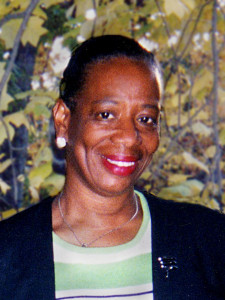 Audreyanne Delgado Covarrubias (left) teaches and performs Tap; Etta Walton (right) teaches and performs Line Dances. Their classes are on Full Day of Dance© Their performances are on the Festival Concert, June 23, 3:00 p.m.
Audreyanne Delgado Covarrubias (left) teaches and performs Tap; Etta Walton (right) teaches and performs Line Dances. Their classes are on Full Day of Dance© Their performances are on the Festival Concert, June 23, 3:00 p.m.
AFRICAN RHYTHM & DANCE: Meets at 11:00 a.m., Mon. through Fri., June 18 – 22. Dancers’ Group discount: $112.50; Regular is $125. Participants will learn a dance to perform in the Showcase Performance! (Performance encouraged but not required).
DO IT NOW!!! Register for the best dance experiences available anywhere! Put the Heart Back in Your Art! Come Dance with Us!

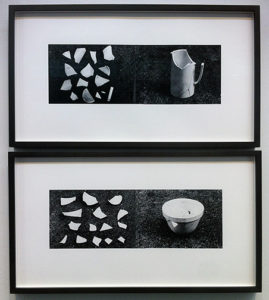
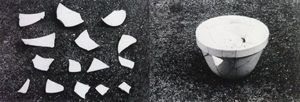 Replacing No. 1, 1975, Amikam Toren
Replacing No. 1, 1975, Amikam Toren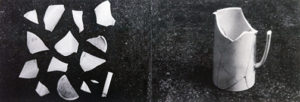
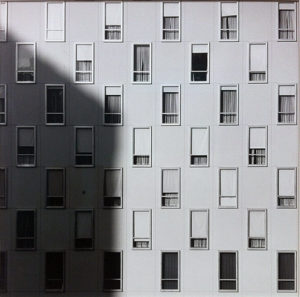 Apartment Windows, Robert Mapplethorpe, 1977.
Apartment Windows, Robert Mapplethorpe, 1977.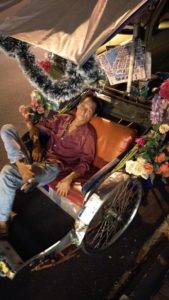 The Native Gaze 0005, by Chang-Ling, 2016
The Native Gaze 0005, by Chang-Ling, 2016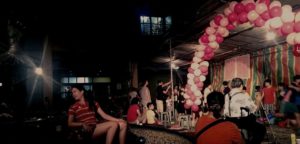 The Native Gaze 0006, by Chang-Ling, 2016
The Native Gaze 0006, by Chang-Ling, 2016 The Old Man and the House He Built, 2014, Wei-ming Yuan
The Old Man and the House He Built, 2014, Wei-ming Yuan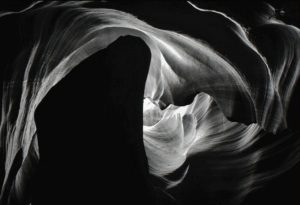
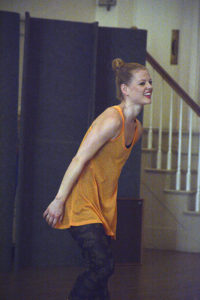



 Andrey Boyreko (Left), Leonard Bernstein (Right)
Andrey Boyreko (Left), Leonard Bernstein (Right) Vadim Gluzman
Vadim Gluzman Dmitri Shostakovich
Dmitri Shostakovich
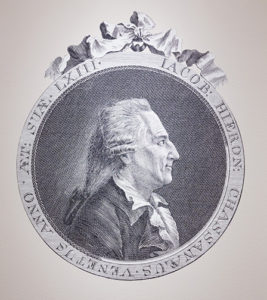 Giacomo Casanova (1725-1798)
Giacomo Casanova (1725-1798)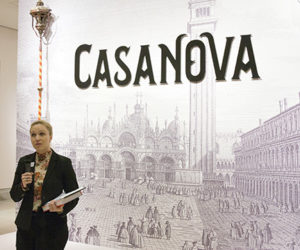
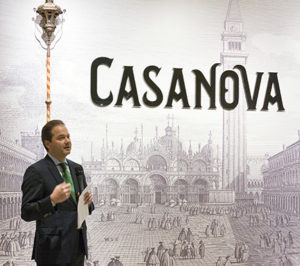
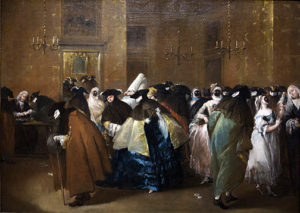
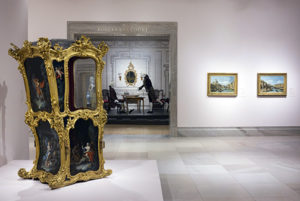 (Left) Franceso Guardi (Italian, 1712-1793) The Ridotto of Palazzo Dandolo at San Moise with Masked Figures Conversing ca. 1750. The ridotti were state sponsored gambling rooms, sometimes places of music and dancing. Everyone was required to wear masks which made it easier for thieves and prostitutes to mix with the elite. (Right) 18th c. Sedan chair which belonged to Alma Spreckles, founder of San Francisco’s Legion of Honor
(Left) Franceso Guardi (Italian, 1712-1793) The Ridotto of Palazzo Dandolo at San Moise with Masked Figures Conversing ca. 1750. The ridotti were state sponsored gambling rooms, sometimes places of music and dancing. Everyone was required to wear masks which made it easier for thieves and prostitutes to mix with the elite. (Right) 18th c. Sedan chair which belonged to Alma Spreckles, founder of San Francisco’s Legion of Honor
 (Left)
(Left) 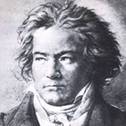
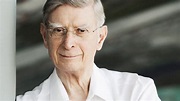
 from left: Beethoven, Herbert Blomstedt, Garrick Ohlsson
from left: Beethoven, Herbert Blomstedt, Garrick Ohlsson
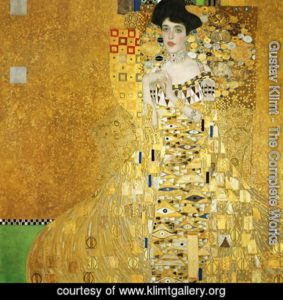 Portrait of Adele Bloch-Bauer (1907) (not part of this exhibition)
Portrait of Adele Bloch-Bauer (1907) (not part of this exhibition) Gustav Klimt and his Cat (Katze), photo by Moritz Nahr
Gustav Klimt and his Cat (Katze), photo by Moritz Nahr
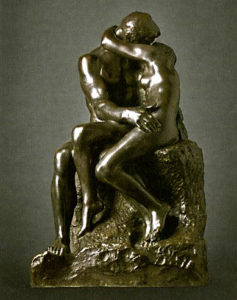

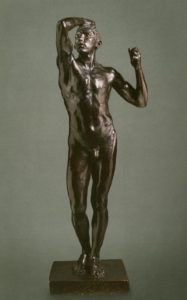
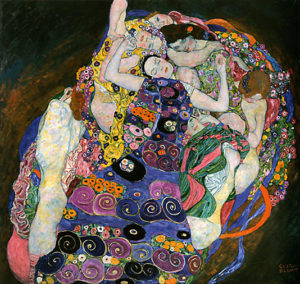 Klimt, The Virgin, 1913
Klimt, The Virgin, 1913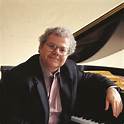 Emanuel Ax
Emanuel Ax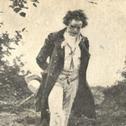
 Wolfgang Amadeo Mozart
Wolfgang Amadeo Mozart Arnold Schoenberg, photograph by Man Ray
Arnold Schoenberg, photograph by Man Ray Medieval woodcut of trickster, Tilll Eulenspiegel, courtesy, San Franciso Symphony
Medieval woodcut of trickster, Tilll Eulenspiegel, courtesy, San Franciso Symphony Expand your audience! Create new work!
Expand your audience! Create new work!